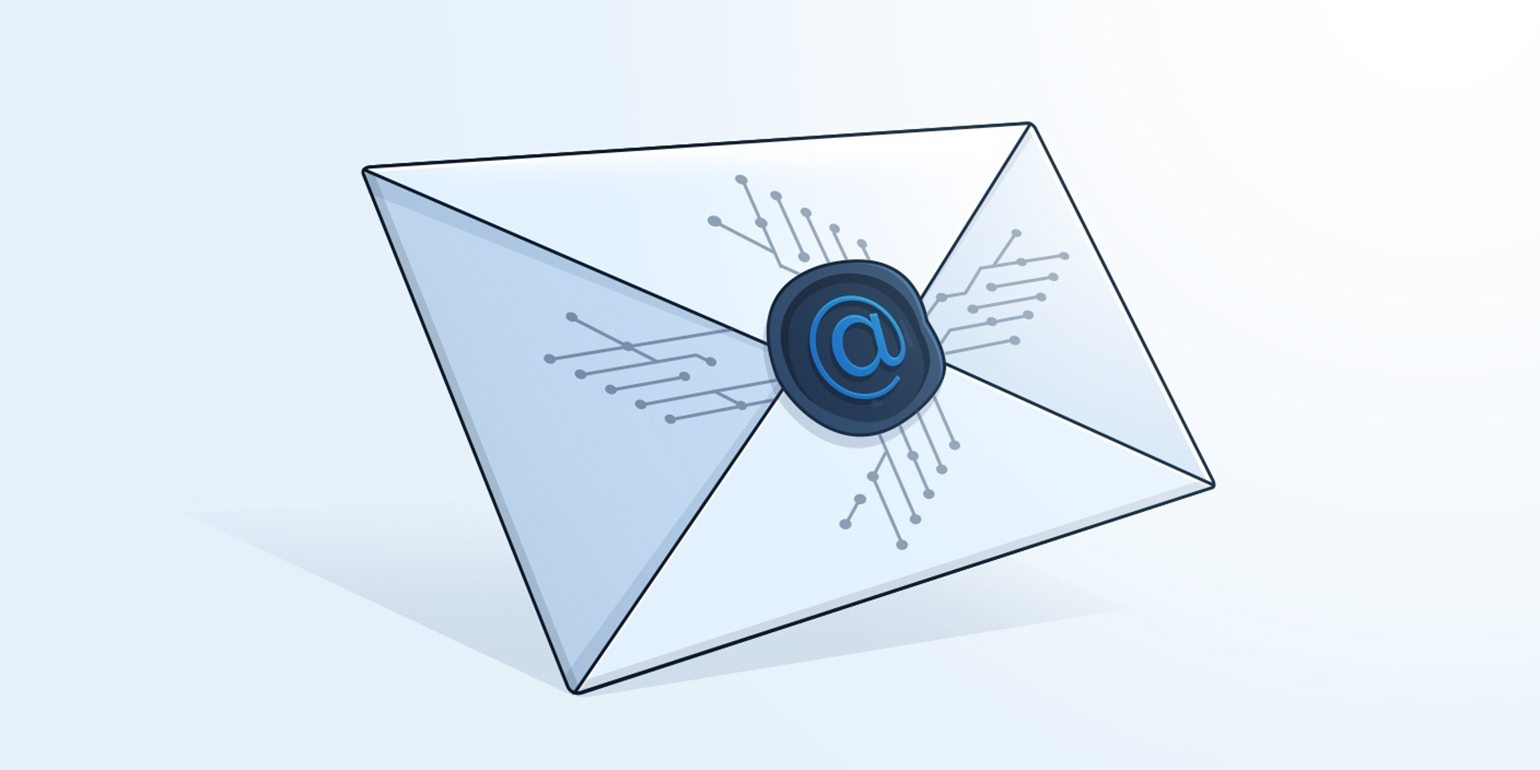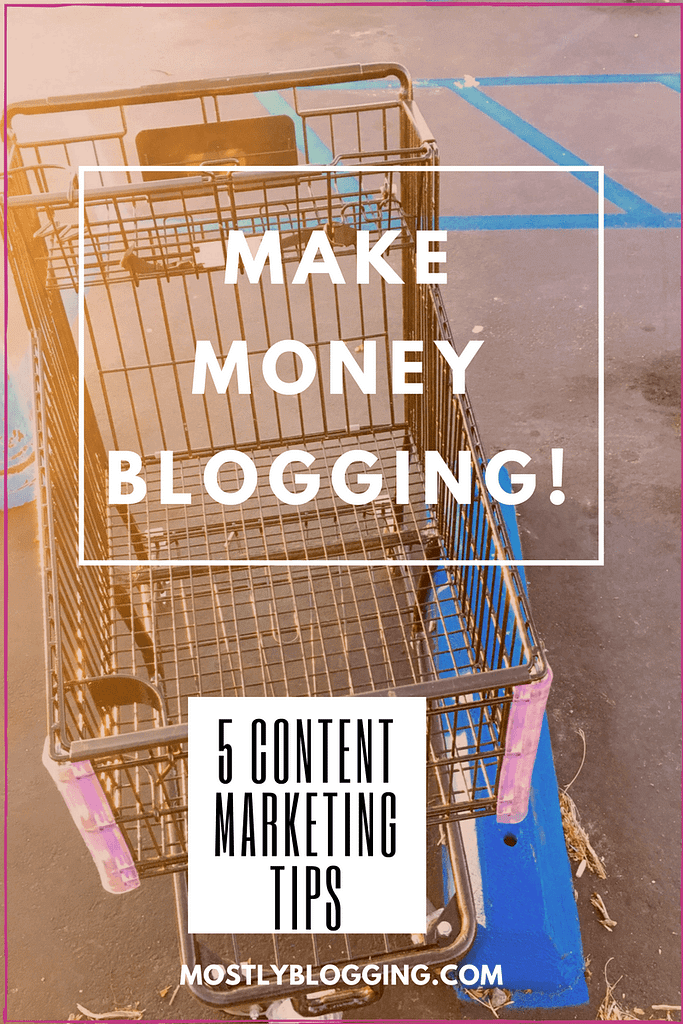- June 12, 2018
- Posted by: Robert Duke
- Category: Business, Marketing
Though email marketing strategies have been working around for quite a while, it hasn’t lost shine. However, the long history has inevitably given birth to some rumors and myths about email marketing. As a savvy marketer, you should know about such myths about the email marketing campaign, which can also hurt the conversions in your business. In this article, we will reveal the top 7 email marketing myths that you shouldn’t believe. Consumers have too many emails already! This is by far one of the most commonly heard email marketing myth.
In this era of new technology, email manages to stay alive by helping businesses to connect with their prospects cost-effectively. No matter how many communication platforms get released on a daily basis, nothing can replace email considering the high demand it has across both the B2B and B2C space. It shows how one can trust email in the future as well.

Email as an active mode of communication has taken a significant leap in the marketing segment. Like every other medium of communication, email has its own set of myths that keep people dilemma about its usability and relevance for their business. Here in this blog, let us debunk some of those myths one by one.
1. Avoid Sending Repeated Emails
Repeated emails are annoying for many of us. Hence this misconception may not sound completely wrong from a reader’s point of view. But, when the time taken to compose marketing emails goes in vain, sender thinks of sending it again to reach all the audience. In such cases, instead of copying the same content, the sender can change the subject line and forward it to the recipients who have never opened the earlier email. This method will increase the read recipients list dramatically.
2. Do Not Use A Long Subject Line
The subject line is an essential factor to be considered in any email marketing strategy. Be it a short line or a longer one; it conveys what sender has to say in brief. But, considering the length of it, few believe that it should always be short and easily readable. A study conducted by Return Path showed us how character count in subject line affects the read rates of an email. The read rate was less impacted because of the length of a subject line.
3. Marketing Emails Should Be Of Short Length
This belief has taken its emergence by considering the reader’s point of view. According to this, emails should be of limited length making it easily understandable. But, one cannot cut short everything to minimize the character count in email contents. Reducing the length of email may result in losing its meaning, and the readers may not understand what the sender had to say. So, sending a long email is not a problem, but one should identify the type of reader and how much interest they have in going through it.
4. Tuesday Will Result In More Read Rates
Some marketers follow a particular day of a week such as Tuesday to send marketing emails. They observe the work pattern of a regular person to make this decision. While Wednesday and Thursday are the busy days, people seem lazier on Monday and Friday. So, marketers pick Tuesday as the best day to send such emails. But, few studies proved this wrong by showing more read rates on other weekdays and weekends instead of Tuesday.
5. Remove Inactive Subscribers After Six Months
It is a usual tendency to keep the data clean by removing all the unwanted information from the database. Similarly, businesses think of deleting inactive subscriber data from their list to keep it clean. But, few studies have shown that inactive users go through their email after six months. So, it is preferred to retain user’s data even after six months of inactiveness.
6. Marketing Emails Should Be Attractive
It is a common belief that marketing emails should be well polished and be able to attract the readers at first sight. Though this may seem correct in some cases, few studies have shown complete opposite result for this strategy. So, one should study the reader and their interest in receiving such emails before concluding.

7. Low Unsubscribe Rates Are Good For Business
Subscription is another factor firms use to compare their success rate. So, there is a misconception that as the unsubscribe rate increases, there is a decrease in the demand for their business. But, they fail to notice that the uninterested people remove themselves from the subscription list, which in turn helps the marketing emails to target only potential buyers.
8. Email May Land In The Spam Folder
Some fear that the Internet Service Provider (ISP) may label their emails as spam without providing any reason. This fear of going unnoticed has compelled businesses to compose marketing emails carefully without using particular words such as “Free.” But, some studies have failed to prove this right, since ISPs do not follow such strategy to label junk emails. Instead of keeping such emails aside, businesses should inform the customers whenever they have something free to offer.
There are lots of other myths revolving around email marketing. But, only when studied intensely, you can debunk them in no time. So, give no ear to such tales. Instead, focus mainly on the target audience and their interest in receiving marketing emails. Email marketing can take your business to great heights with less cost. Hence, try to implement them in your businesses whenever required.

Robert Duke is a Marketing Manager and Spokesperson of Blue Mail Media.
100 Email Marketing Statistics
To Drive Your Email Marketing Strategy
Insights into why it is significant to invest in the major marketing trend in practice all around the world?
Download Free Guides
Subscribe
Subscribe Our Newsletter
Quickbytes
Recent Posts
- Cold Calling: 7 Tips for Effective Interactions with C-level ExecutivesJanuary 18, 2021
- Chatbot Advantage in 2021 – 5 sectors that will benefit the mostDecember 29, 2020
- 4 Actionable Strategies To Align Sales And Marketing For Revenue GrowthDecember 7, 2020
- 3 Ways Database Cleansing Help Power Up Your Marketing Campaign PerformanceNovember 16, 2020
- Importance of Lead Nurturing For B2B MarketersOctober 20, 2020

Write For Us!
Newcomers to the networking platform LinkedIn make every mistake in the book. But they can sidestep their spammy promotional ways -- if they can banish certain misconceptions from their minds.
Consider for instance the question of why 76 percent of CEOs check LinkedIn daily. Trust me, it’s not for the viral Dilbert memes.
In reality, LinkedIn remains simply the best place to build relationships and make sales. Half of all users are likely to buy from a company they engage with on the platform, and 80 percent agree that company connections provide opportunities to enhance professional decision-making. Even better, LinkedIn members have nearly twice the buying power of Facebook users. But many small business owners and startup CEOs face just one problem with the platform: They’re using it wrong.
Linking up with the best prospects
Startups have to be scrappy with marketing and push-marketing activities that lead to direct returns, not just brand awareness. Having worked with and surveyed thousands of small business owners and startups, I’ve found that their biggest marketing struggle is reaching potential customers, which is where LinkedIn shines if used correctly.
Related: 6 Tips for Finding the Right Prospects and Getting in Front of Them
Email Marketing Myths You Should Ignore Someone
But many LinkedIn newcomers make every mistake in the book, misled by the three most common misconceptions about the platform. Here’s how companies can sidestep those false ideas and take advantage of the benefits LinkedIn marketing offers:
Myth No. 1: thatLinkedIn is only for low-grade sales pitches, that LinkedIn is infamous for spam and unsolicited sales pitches. In truth, lots of networkers are quietly developing lasting business relationships, especially in the form of LinkedIn discussion groups, which account for 96 percent of posts and 86 percent of conversions on the platform. Startup leaders should approach LinkedIn with the same strategic attention they bring to face-to-face networking.
Tom Swip, president and CEO of Swip Systems, used this method to nurture relationships and move prospects off LinkedIn and into real-world business conversations: He did this by targeting his ideal clients with a LinkedIn group called Midwest Manufacturing Leaders. Leading this group keeps Swip and his brand in front of prospects without being spammy or pushy; that connection has resulted in a number of new clients and continued brand-building.
Myth No. 2: that LinkedIn is only for connecting with offline contacts. Stranger danger is real for schoolchildren, but for entrepreneurs online? Most users lean toward connecting with strangers on the platform -- and opting out forecloses a lot of possibilities. Businesses may feel strange reaching out to new people, but overcoming that discomfort enables them to make connections that help their companies expand.
The Zurich Insurance Group, for example, used LinkedIn activity to position its head of financial institutions, Chris Taylor, as an expert. Using strategic InMail messages, updates and connection invites, the company launched a three-month campaig that increased Taylor’s LinkedIn connections by more than 400 and created a flood of inbound customer requests for the insurer.
Related: Stranger Danger: 3 Good Reasons to Reject a LinkedIn Connection Request
Myth No. 3: that LinkedIn is about you. In fact, “me, me, me” is a bad marketing strategy on any platform, and it’s especially bad on LinkedIn. Seventy-four percent of a group of U.S. residents surveyed in one study said they trusted educational content from businesses on particular topics but that their trust numbers dropped drastically once those companies pushed for a sale.
To avoid this mistake, businesses should talk about other organizations’ developments within the space to show they’re interested in the big picture, not just their own companies.
Dan Demers of ReMission Consulting used this approach, for instance: He dropped his promotional content and adopted a multiple-touchpoint process to nurture trust with his audience.
He began seeding high-quality content through direct messages to demonstrate understanding of his prospects’ problems and provide frameworks for solutions. As a result, his pipeline grew substantially, and his average sales cycle dropped from 18 months to mere weeks.
Email Marketing Myths You Should Ignore Others
Related: 5 Ways to Stop Embarrassing Yourself on LinkedIn
As customers across all platforms become savvier about modern marketing, it’s even more important that your business represent people it trusts, respects and like.
So, ignore these common misconceptions, and use your LinkedIn profile to identify cold prospects, develop relationships and position yourself as a known and trusted professional within your industry.
